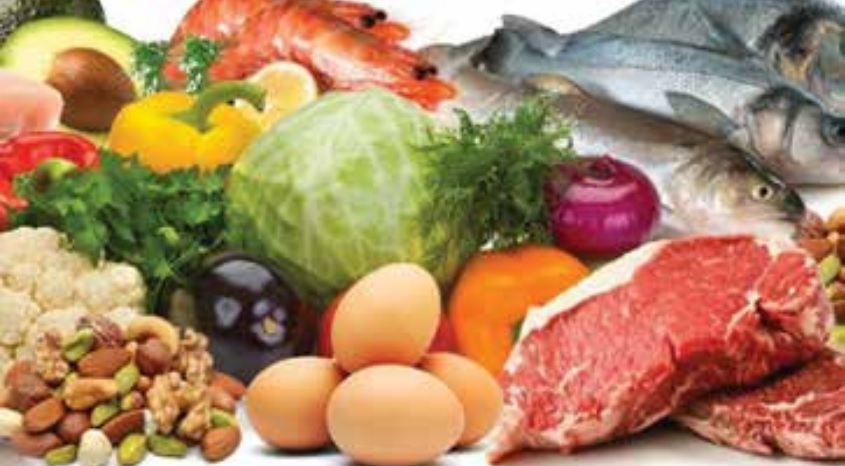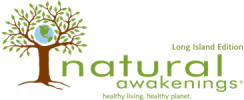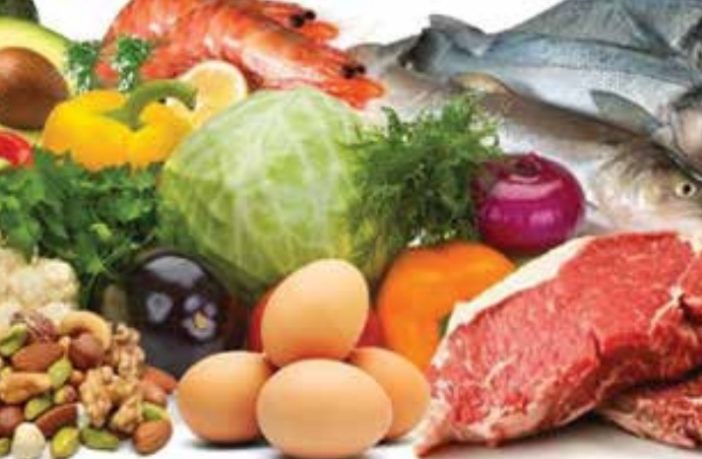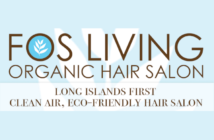by Stephanie Jaworowski
What exactly is a ketogenic “keto” diet? Isn’t this just a glorified Atkins diet?
Wrong! Yes, both of these diets focus on low carbohydrate intake. However, there is a big  difference between the two. For the Atkins diet, the goal is just to eliminate carbs. The aim of the ketogenic diet is to eliminate carbs while dramatically increasing fat intake and consuming a moderate amount of protein. The next question that may arise is, “Well, how can a high-fat diet be good?” When paired with low carbohydrates, a high-fat diet just makes biochemical sense; this is how our ancestors survived, especially during long winters.
difference between the two. For the Atkins diet, the goal is just to eliminate carbs. The aim of the ketogenic diet is to eliminate carbs while dramatically increasing fat intake and consuming a moderate amount of protein. The next question that may arise is, “Well, how can a high-fat diet be good?” When paired with low carbohydrates, a high-fat diet just makes biochemical sense; this is how our ancestors survived, especially during long winters.
In a normal American state of eating, our bodies are glucose burners, meaning our bodies thrive on sugar. As people consume carbohydrates, their bodies break these down into simple sugars and use those for fuel. Any sugar left unused is then stored in the liver as glycogen, which is stored glucose. As they continue on with their lives, they are constantly using dietary glucose or stored glucose for energy. Unfortunately, with obesity on the rise, people are starting to store more sugar than they are using, leading to fat gain. Americans are also seeing a rise of autoimmune disease younger and younger.
In a ketogenic diet, the main goal is to starve the body of all of its glucose stores, and transform the body from a glucose burner into a ketone burner. Ketones are an alternative fuel source that will kick in once there is no more glucose in the body. Instead of the liver releasing glycogen for energy, the liver will convert fatty acids into ketones. What is so great about this, is that the body will now use both dietary fat and body fat for energy, resulting in major fat loss. In addition to loss of fat, the body
seems to function better in this state, which is why this is considered the most therapeutic form of a diet. Anyone with Type 2 diabetes, a thyroid condition, an autoimmune disease, polycystic ovary syndrome, a hormonal imbalance, or even chronic fatigue, will benefit from this state of eating. Please note, this diet is not recommended for Type 1 diabetics.
Although people can successfully get their bodies into ketosis while eating cheese and saturated fat, this still is not healthy. Yes, their body is in ketosis, and yes they are burning fat for fuel instead of glucose, but what is actually happening on the inside? That is where proper nutrition comes into play. It is really easy to throw all prior knowledge of nutrition out the window once someone has achieved ketosis in this way, but it is still important to eat a well-balanced, organic, high-vegetable, high-fat, nondairy diet. Some may feel this is hard to do, but it is quite simple! It’s all about learning the carbohydrate value of certain vegetables and increasing your good fats when possible. That’s right, olive oil and avocados are some of the staples. Many people fail on a keto diet because they are consuming all types of vegetables. It is important to understand your carbohydrate threshold and which vegetables will keep you in ketosis. Yes, it is possible to be in ketosis eating salads and sides of vegetables, and not consuming dairy!
But why no dairy? In our country, dairy has become one of the most inflammatory foods to humans as well as being one of the most toxic foods. Beginning in the early 1970s, a chemical referred to as aflatoxin began being present on cattle feed, and therefore also being present in dairy byproducts. In a study done showing the effects of aflatoxins on dairy products, it was found that these toxic carcinogens have been present for many years in the dairy ingested by American consumers, and that pasteurization of these products does not kill off the chemical.
These chemicals become present through contaminated feed, when crops are not properly attended to as they are on an American farm, resulting in an increased incidence of contamination. Corn is one of the largest contaminated crops, specifically by aflatoxin. Farm animals are now being vastly fed corn feed, instead of grass, for convenience and mass production. Cottonseed is among another important source of protein in the diet of cows, yet this too has become increasingly contaminated with carcinogenic toxins due to the processing of the plant. When cottonseed is processed for oil, the meal remains. This is then used primarily as a protein supplement for livestock. This is also where most of the toxins are stored, as they now become concentrated in the meal. So now that the cows are eating severely toxic foods, and consumers are eating their dairy byproducts, human toxicity is occurring, which is leading to inflammation, and in turn, leading to an increased incidence of chronic disease.
That is why in addition to avoiding dairy on a ketogenic diet, it is important to detox and cleanse regularly, as toxins cannot be avoided, despite our best efforts. Remember that not all detoxes are valued the same. It is recommended to be monitored by a nutrition professional when beginning this, or any type of new diet. Safety is of most importance, and guidance is necessary through the transformation from a glucose burner to a ketone burner. Once a person has successfully and safely achieved a state of ketosis, they will enjoy the benefits of high energy and increased mental clarity, in addition to having chronic diseases slowly start to disappear!
Stephanie Jaworowski has a master’s degree in applied clinical nutrition and is the clinical nutritionist at Integrative Healing Center, alongside Dr. Kristine Blanche. Office locations are in Northport and NYC. For more information on their detox programs or for an appointment, call 516-676-0200 or visit GetIntegrativeHealth.com.





